Comparison: Volkswagen Golf vs Seat Leon and Audi A3
Three brands, three cars with the same base engine technology and one variation: the rear. You are not at a common comparative; we limit the MQB circuit A3, Leon and Golf platform. Let’s see what happens.
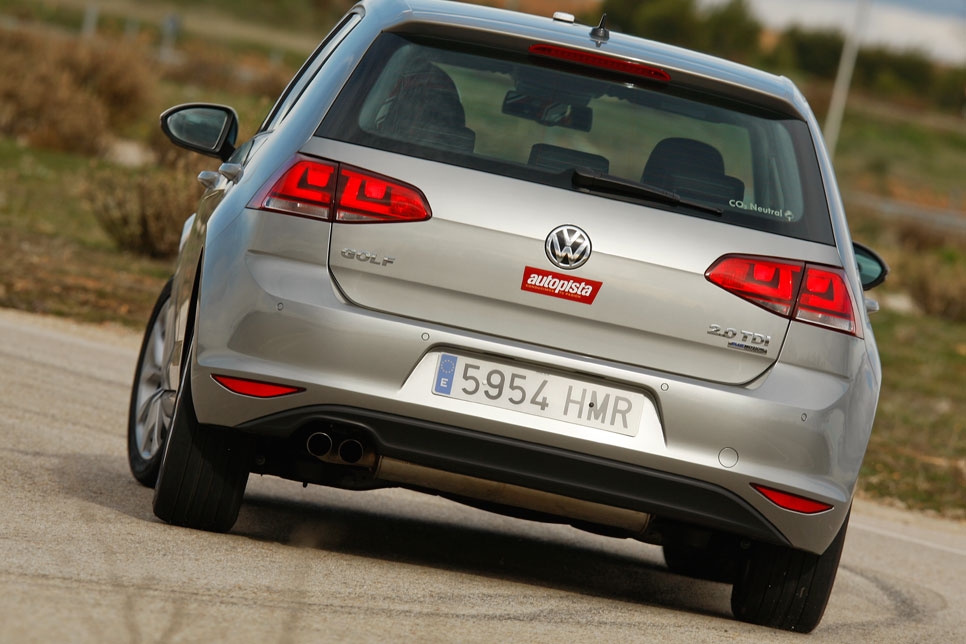
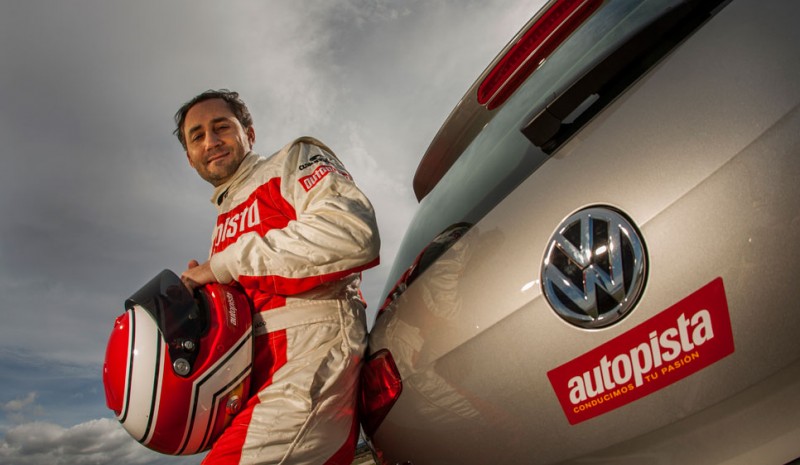
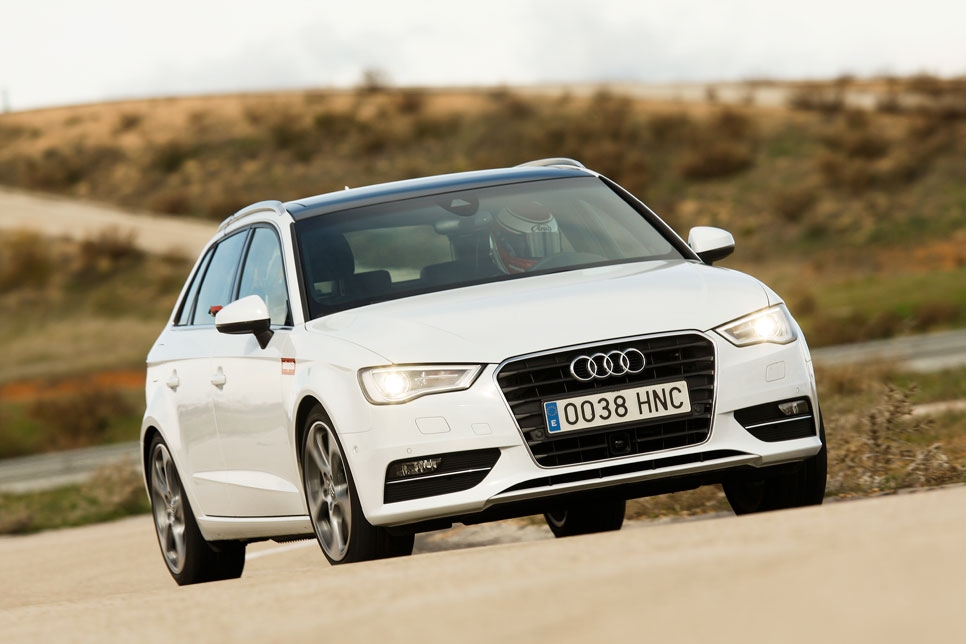
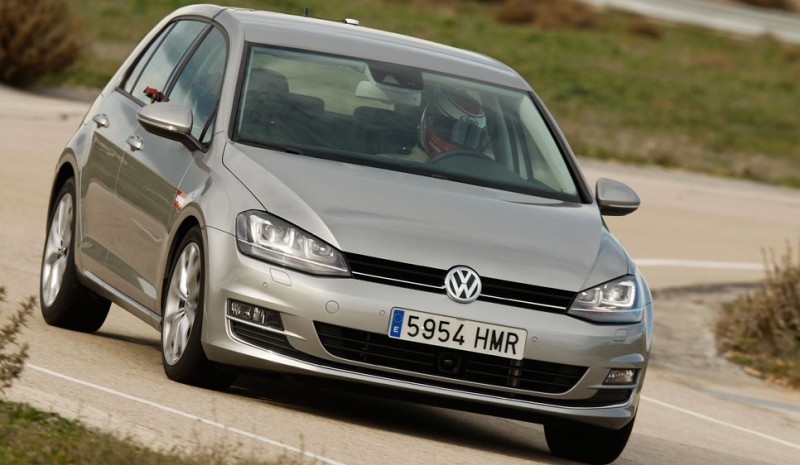
I guess at this point, and after many years reading FREEWAY, and you clear that how much better is a Car technology has. So it should be and it has always been throughout history. All we understand the car as more than a means of transport must want our new car has the best and technologically advanced, with the latest evolution of each of their systems. Hence when Volkswagen Group announced that it would use the rear torsion bar mounted on cars and multilink (They started with the PQ35 platform), and its compact Golf, Leon and A3, many We brought hands to the head. Personally I did not understand and it seemed a step back. Whole life talking about the benefits of independent suspension on all four wheels, technically more geometric control, and now do this; Is an economic decision but it’s so serious? I had to check.
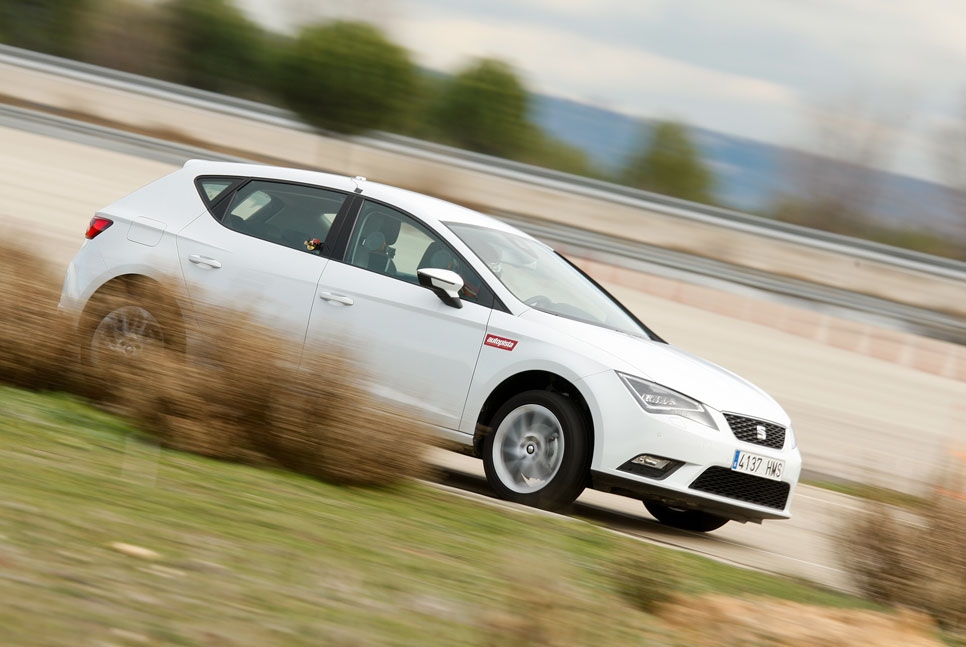
I understand that technology today is already so good that it has reached a point where it is not always necessary to use expensive and complicated systems; everything goes according to the end use. Clearly, some carbon brakes are effective and do not faint, but if you ever in your life you’re going to roll circuit may never come to need them and if you have them, most likely to come to have more disadvantages than advantage. It is not the first time talking with technicians from different brands we convey the feeling of a kind of "over-engineering", often caused by own brand marketing, demand from users or simply to offer at least the same or more than your opponent. In a chat with a Ford chassis engineer, they told us they had very clear that nowadays a car could run a rear semi-independent without being a "iron", but what They did not dare to remove the expensive, sometimes heavy, and bulky multilink competition only because it was carrying. In fact, even the boldest of VAG have dared to remove it completely, because cars like you see here offer two types of rear suspension depending on the mechanical version.
Regarding the comparison between the three compact Group … I do not intend to advise any, I will not even get to appreciate its price or whether they are good or bad cars. He objective of this test is check if the theoretical step back in suspension technology is an error or success. To this end, mechanical equality, we measure the usual features, we seek fastest lap on the circuit INTA, and we make a slalom. After seeing the curious result in the circuit, we chose to also measure pressure turbo and falls, convergence and advancement of both trains to check that all three were in their dimensions series; Group B did not want a spoil us Camouflaged measurements.

The moment of truth
Golf and A3 with rear multi-link torsion beam Leon … Three with five-door body, the 2.0 TDI 150 hp and manual transmission. Of the three the only one allows you to disconnect the ESP is the A3, whereby when going fast on the circuit should be a theoretical advantage. The other two only allowed off traction control. The fastest lap with the three left me somewhat perplexed, because the result is out of expected. First I rolled with the A3, then with the Golf and finally with Leon, then repeat with the three. The measurement method is to go as fast as possible with each car and stop as soon as the dispersion time is minimal, usually between the second and third round, from there the tires may fail. Refrigerate and again back to pull another turn and if the weather agrees, we have data.
I have to say that I liked all three cars. They are not my ideal sport for turning on a circuit but defend as well as any of its rivals, either Focus, Series 1 or Class A. The MQB base is good, the hue of which is better leave it for another product comparison. Feels like, Audi is different. You can deactivate the ESP and therein lies all; This allows, in such a twisty circuit, play back and inertias, before each curve. The rest, Leon and Golf are equal. In the direction same feelings and reactions rear. Audi say it is more dynamic than other models based MQB, but I have not been able to perceive more than the hue of ESP. Golf does exactly the same as the A3 but with fewer sensations and less body movements; ESP takes care of it. If you were to remove the fuse ESP I am convinced that there would be no difference between A3 and Golf. The result, 3 slower, enough to lose F1 GP but nonexistent in real life tenths. In the background, A3 and Golf are the same car, with price differences and finish, but technically the same.

And there comes the Lion and rear torsion beam. The first thing I feel is that more runs than the other two, and that carries the same engine. Straight in performance it has been slightly faster. Its engine has similar power and turbo does not appear to be touched by the divine hand of Seat Sport. It’s not about motor; the final developments are slightly shorter because of your tire size, weighs 50 kg less than the Golf and 89 kg less than did the A3 will be there the password? Behavioral my feeling is that there was hardly different from the Golf. If not because I saw the rear, he would have sworn a multilink. I did notice some sluggishness when "put the nose" in some slow corners, but it’s such a slight nuance that could happen by the difference in profile or rim relative to Golf. One of two things, or I’ve grown up and I lost "Feeling" or is fine tuned.
It was two tenths faster than the A3 and 5 more than the Golf. To determine whether a question of engine / chassis weight or, nothing better than a slalom. There was accused again that differentiating nuance of laziness in front León, but they went more logical times: first Audi without ESP and then tied the other two. The conclusion we draw is that the Lion is well tuned. In the twisty Inta wins by weight but what is more important, does not lose chassis. This same test is repeated on a rough asphalt, potholes or in critical situations in which this result may not be repeated; hence the multilink virtues should be noted, though I no longer dare to swear. Renault Mégane a torsion beam dynamically is a great car, and sports versions a clear example of how far you can get. Now if you leave the multilink affects the final price or livability, it seems a good idea to do without it, because we have found that good asphalt should not be a step backwards.
